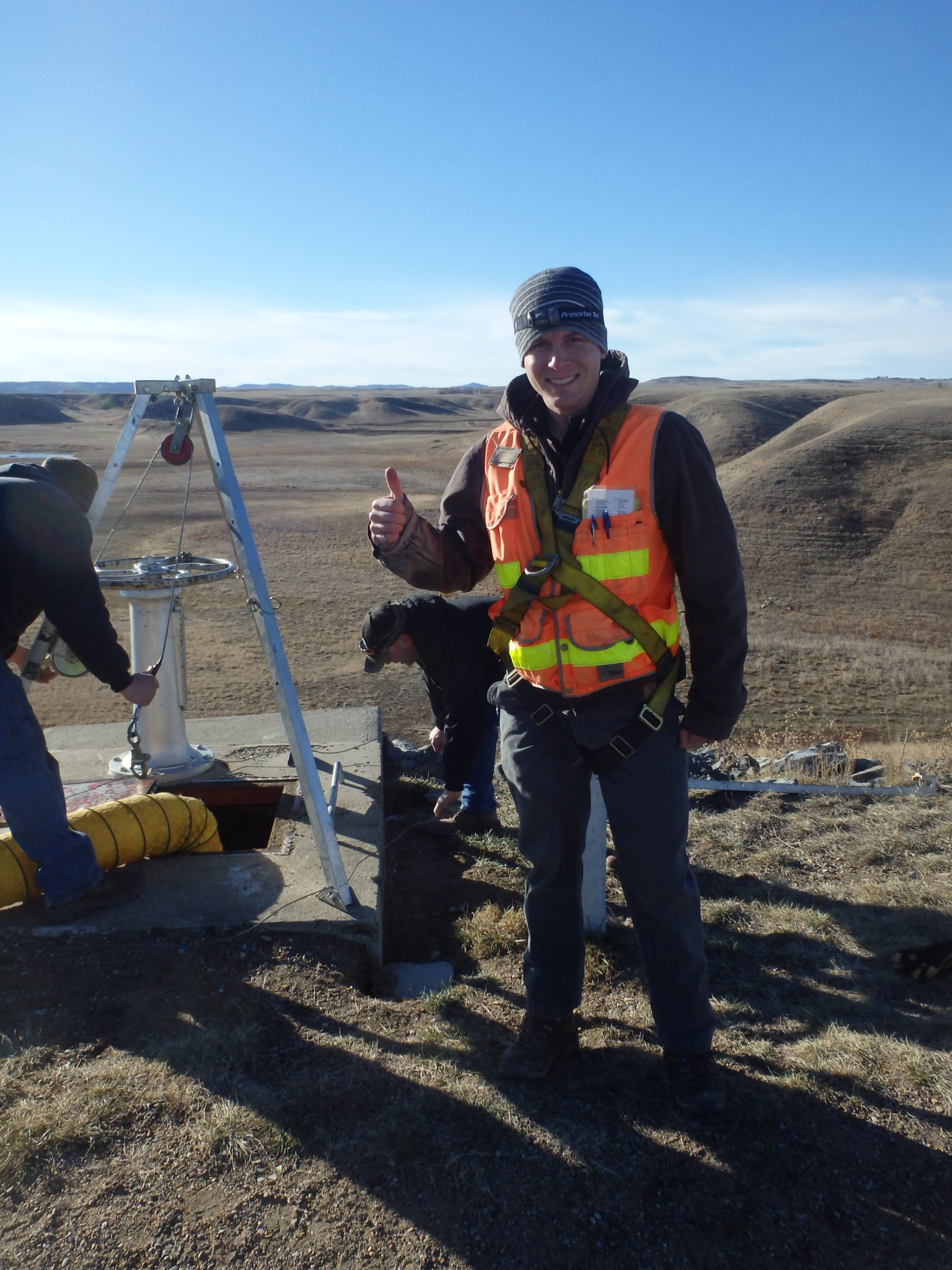Dams provide a range of economic, environmental, and social benefits including hydroelectric power generation, irrigation, flood control, drinking water, transportation, and recreation. Dams are estimated to provide approximately 16% of all the world’s energy and 71% of all the global renewable energy. Ten percent of the United States’ croplands are irrigated with water from Dams. Dams are also responsible for 73% of flood control structures in the United States. Dam construction boomed in the early part of the 20th century and has steadily declined since. Most rivers that have dam potential have already had dam infrastructure built to harness that power. Globally, dam infrastructure is aging, with the average age of a dam being 57 years old, many were constructed over 100 years ago. This aging infrastructure requires significant monitoring, inspection, maintenance, and rehabilitation.
Dam owners are ultimately responsible and liable for their dam. Owners range from private citizens, companies, local entities, state or local governments or federal agencies. Roughly 65% of dams in the United States are privately owned, while about 20% are owned by local governments, 7% by state government, 4% by federal government, and 4% by utility companies. Dam owners are responsible for complying with onerous State and Federal regulations. Most dams in the United States, about 70%, are regulated by state agencies. Federal agencies regulate 14% of dams while the remaining are unregulated due to state or federal exemptions.

A Great West Engineering Team Member Prepares to Inspect Bullhook Dam

Flint Creek Dam Rehabilitated Face

Flint Creek Dam Rehabilitated Spillway and Stilling Basin
Because of these regulations, dam owners are often required to hire engineering consultants to ensure their dam complies with all applicable dam rules and regulations. Dam services currently provided by Great West Engineering include dam inspection and assessment, feasibility studies, and rehabilitation design. Great West has engineers on staff trained in Dam Inspection and Assessment through the Association of State Dam Safety Officials (ASDSO). Our staff regularly inspects several dams across the state of Montana including the Beaver Creek Reservoir Dam in Hill County, the Flint Creek Dam in Granite County, and the Doney Lake Number 2 Dam in Powell County. These clients are both private and public. Great West has also provided design and construction management services for rehabilitation projects relating to dams and has also completed feasibility studies, operation and maintenance plans, and emergency action plans relating to dams.
Great West recently completed dam improvements for the Flint Creek Dam. The Flint Creek Dam, originally known as the Georgetown Dam, was constructed in 1901 and was originally owned by the Flint Creek Electric Power Company. Over the years, owners of the dam changed, and many modifications and rehabilitations were completed on the dam. In 2016, Great West identified dam face, spillway, stilling basin, and valve deficiencies during regular dam inspection and was then contracted to design improvements for these deficiencies. The rehabilitation consisted of repairing deteriorated concrete on the dam face, replacing dam valves, repairing spillway concrete deterioration and joints, and repairing stilling basin dissipation structures.
To learn more about dam infrastructure or the services we provide, contact us today.
LATEST NEWS
Beyond the Blueprint: How GIS Enhances Engineering & Planning Solutions
Geographic Information Systems (GIS) have become an essential tool for communities striving to make smarter, data-driven decisions. From infrastructure planning to public engagement, GIS provides a dynamic way to visualize, analyze, and manage data across a wide range...
Yearly ROSE Award Winners
At Great West Engineering, we take pride in recognizing the dedication and hard work of our team. Each year, the Recognition of Special Effort (ROSE) award honors employees who go above and beyond—those who step up, make a difference, and inspire those around them....
Why Transportation Planning Matters
Transportation planning is the collaborative process of evaluating the current state of a transportation network at a local, state, or regional level, identifying future transportation needs, and outlining implementation and funding strategies to align with...



